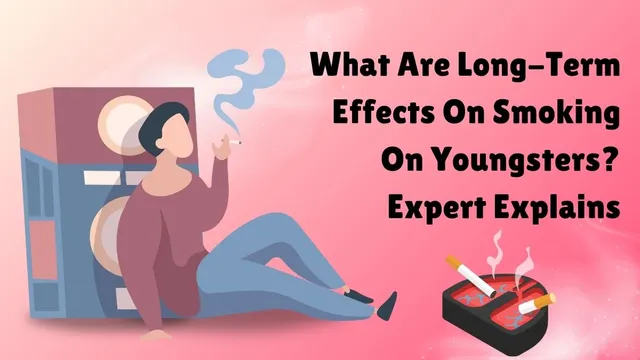- By Priyanka Munshi
- Thu, 25 Jul 2024 04:59 PM (IST)
- Source:JND
It is vital for people to understand that smoking is harmful, especially for young people, as it can have serious and long-lasting effects on their health and well-being. Smoking can harm almost every organ in the body, making it one of the main preventable causes of disease and death globally. The risks are significantly greater for children, whose bodies and brains are still developing.
Early smoking can result in a lifetime addiction, making it more difficult to quit later in life and raising the risk of developing chronic illnesses like heart disease, lung cancer, and respiratory disorders. Smoking can also affect lung development and function, lower physical fitness, and negatively impact sports and academic performance. In addition to physical health, smoking has negative effects on mental health, increasing the risk of anxiety, depression, and a general decline in quality of life. In a conversation with Jagran English, Dr. Viswesvaran B, a consultant in interventional pulmonology and sleep medicine at Yashoda Hospitals in Hyderabad, discussed the impacts of smoking on youth health and its long-term consequences.
According to Dr. Viswesvaran, smoking among youth poses significant health risks and long-term consequences that extend well into adulthood. Despite widespread awareness campaigns, the allure of tobacco products remains strong among adolescents, primarily due to social influences, peer pressure, and misconceptions about smoking.
Firstly, the immediate impacts of smoking on youth health are alarming. Nicotine, the addictive substance in cigarettes, rapidly affects the developing brain. This can lead to impaired cognitive functions such as attention, learning, and memory. Furthermore, smoking increases the risk of respiratory illnesses like bronchitis and pneumonia, particularly in adolescents with developing lungs. These health effects not only compromise physical well-being but also hinder academic performance and overall quality of life.
Also Read: 5 Reasons To Drink A Cup Of Ginger Tea Every Morning In This Monsoon Season
Moreover, the long-term consequences of youth smoking are profound. Habitual smoking during adolescence significantly raises the likelihood of becoming a lifelong smoker. This perpetuates the cycle of addiction and escalates health risks into adulthood. Chronic diseases such as lung cancer, heart disease, and stroke are more prevalent among long-term smokers, highlighting the enduring impact of early tobacco use.

Early smoking can lead to lifetime addiction, chronic illnesses, and a decline in quality of life. (Image Credit: Canva)
Socially, smoking can alienate youth from non-smoking peers and reinforce risky behaviors. The perceived image of being mature or rebellious can further entrench smoking as a habit, creating a psychological dependency that is challenging to overcome. This social reinforcement can also diminish self-esteem and contribute to mental health issues like anxiety and depression.
Addressing these issues requires a multifaceted approach. Effective public health strategies include comprehensive tobacco control policies, stringent advertising regulations, and education campaigns targeted at youth. By enhancing awareness of the health risks and debunking myths about smoking, adolescents can make informed decisions regarding their well-being.
Also Read: 6 Natural Strategies To Increase Your Sex Drive Naturally And Effectively
Furthermore, support systems such as counseling services and cessation programs are critical in helping young smokers quit. Early intervention not only improves health outcomes but also reduces the economic burden associated with treating smoking-related illnesses.
In conclusion, smoking among youth is a pressing public health concern with far-reaching consequences. From immediate health impacts on developing bodies to long-term risks that persist into adulthood, the detrimental effects of tobacco use are undeniable. By implementing evidence-based interventions and fostering a supportive environment, society can mitigate the prevalence of youth smoking and safeguard the health and future of younger generations.

